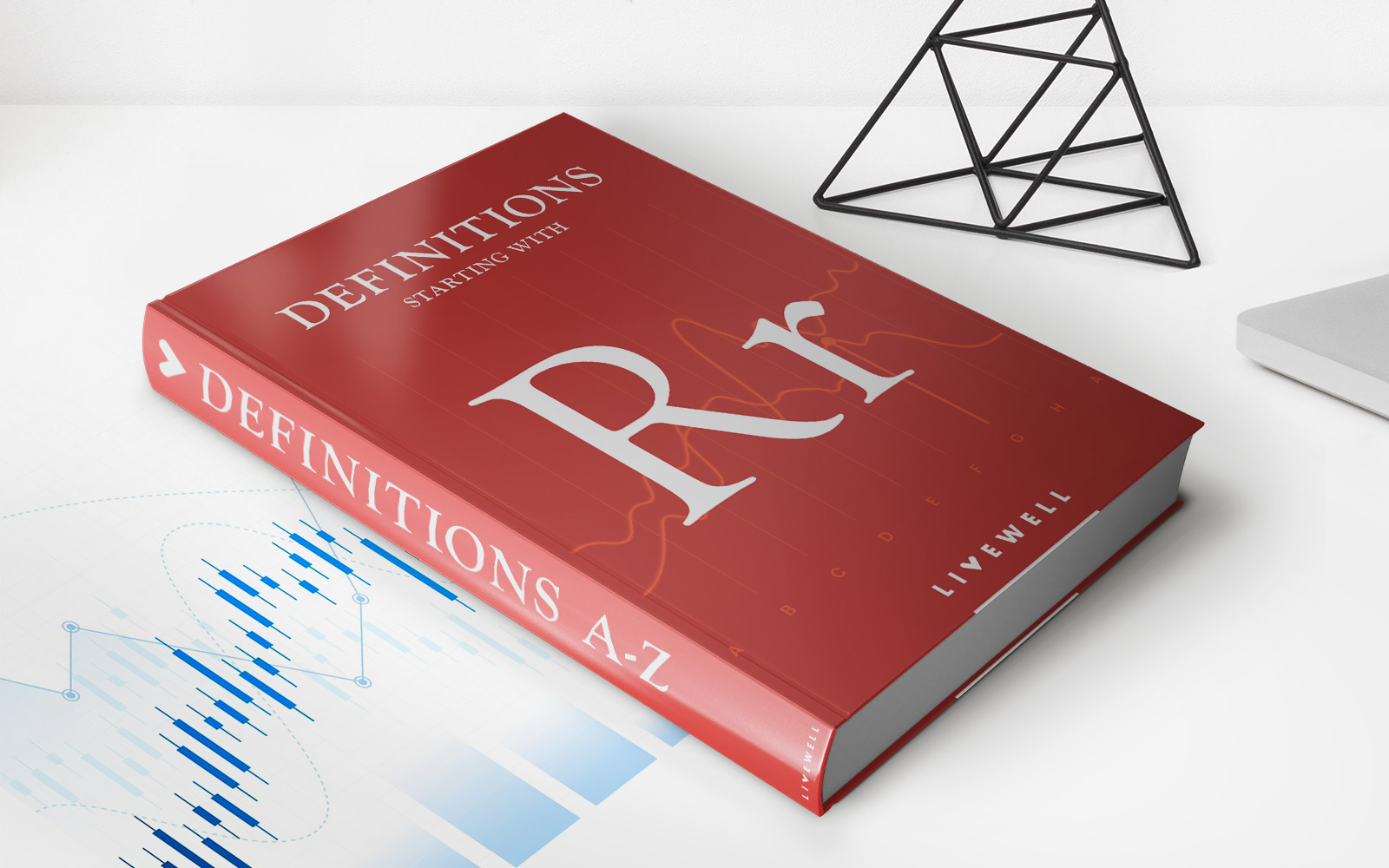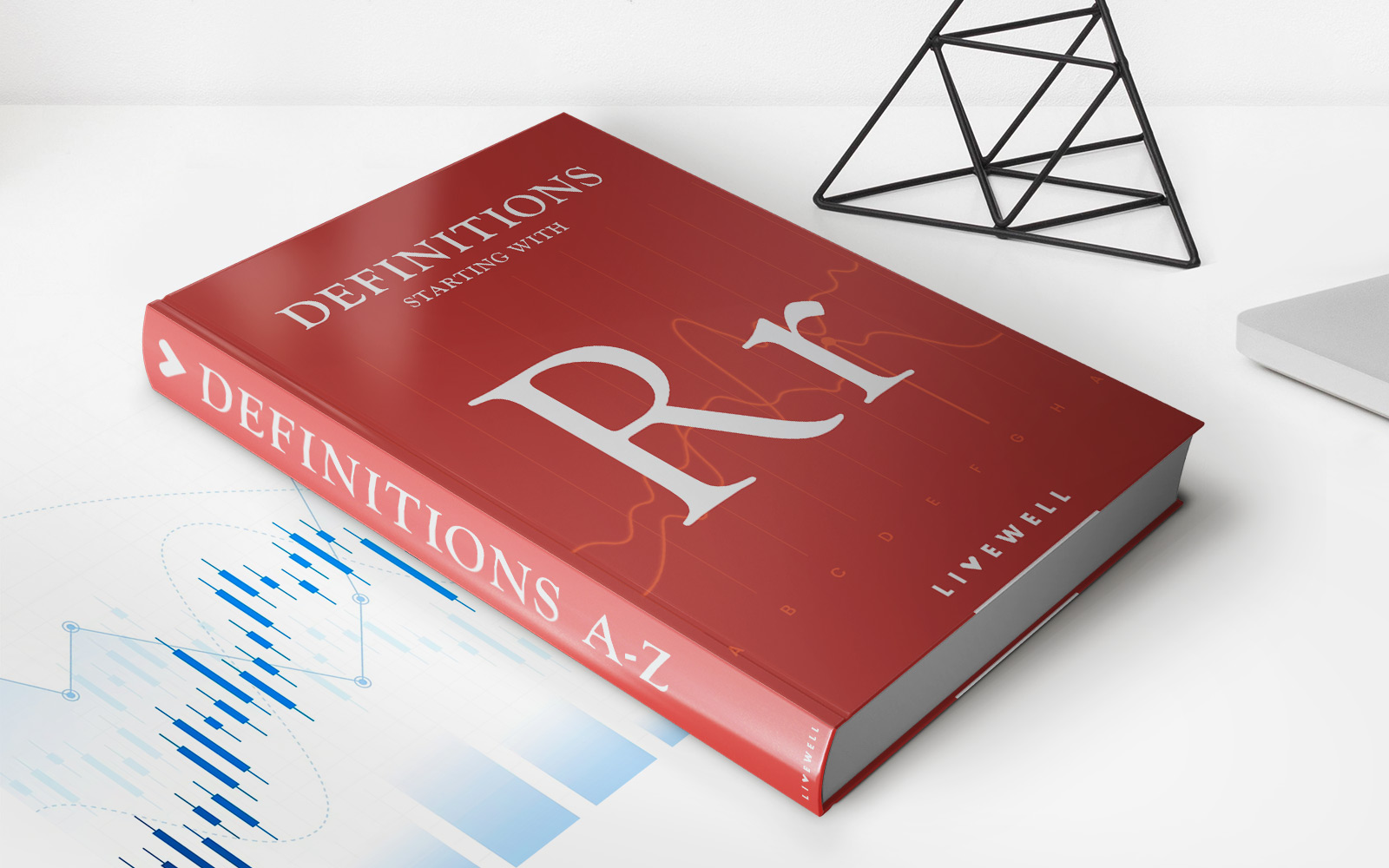

Finance
Book-to-Market Ratio Definition
Published: October 18, 2023
Learn the definition of book-to-market ratio in finance and how it helps assess the value of a company's stock. Discover its significance in investment analysis.
(Many of the links in this article redirect to a specific reviewed product. Your purchase of these products through affiliate links helps to generate commission for LiveWell, at no extra cost. Learn more)
Understanding Book-to-Market Ratio: A Powerful Tool in Finance
When it comes to analyzing investment opportunities or evaluating a company’s financial health, there are many different metrics and ratios that professionals use. One such ratio that plays a key role in financial analysis is the book-to-market ratio. In this blog post, we’ll dive into the world of finance to understand what the book-to-market ratio is and how it can be a valuable tool for investors.
Key Takeaways:
- The book-to-market ratio compares a company’s book value (its net asset value) to its market value.
- A high book-to-market ratio indicates that a company’s stock may be undervalued, while a low ratio suggests the stock might be overvalued.
So, what exactly is the book-to-market ratio? In simple terms, it is a ratio that compares a company’s book value (its net asset value) to its market value. This ratio is calculated by dividing the book value per share by the market value per share. The book value represents the net worth of a company, while the market value reflects the current price at which the company’s stock is being traded in the market.
Why is the book-to-market ratio important? Well, this ratio provides investors with insights into a company’s financial health and market perception. By comparing the book value to the market value, investors can assess whether a company’s stock is overvalued or undervalued.
Here are two key takeaways about the book-to-market ratio:
- An Undervalued Stock: If a company has a high book-to-market ratio, it suggests that the stock may be undervalued. This means that the market value of the stock is lower than its actual worth, according to the company’s financial statements. Investors may consider buying such stocks, anticipating that the market will eventually recognize the true value and drive up the stock price.
- An Overvalued Stock: On the other hand, a low book-to-market ratio indicates that the stock might be overvalued. In this case, the market value of the stock is higher than its book value, potentially implying that investors have overly optimistic expectations about the company’s future performance. Investors may choose to sell or avoid such stocks to prevent buying into companies that are priced higher than their underlying value.
While the book-to-market ratio is a useful tool, it’s essential to remember that no single metric can predict future stock performance with absolute certainty. Investors should consider various factors, including industry trends, competitive landscape, and management performance, alongside the book-to-market ratio, to make informed investment decisions.
In conclusion, the book-to-market ratio is a powerful tool in the world of finance. It provides valuable insights into a company’s value and can help investors identify potential undervalued or overvalued stocks. By understanding and utilizing this ratio, investors can make well-informed decisions and navigate the ever-changing landscape of the financial markets.














